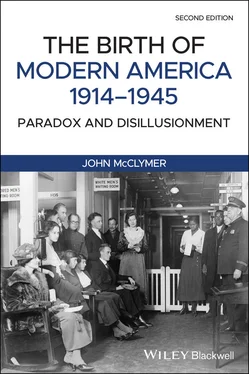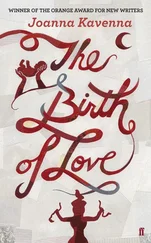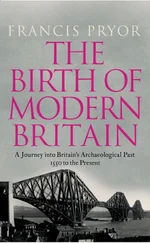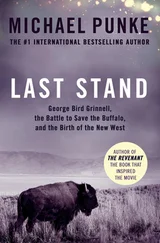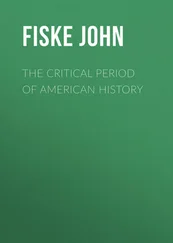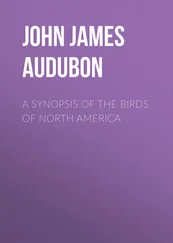One influential Americanization program was sponsored by Henry Ford for his foreign‐born workers.
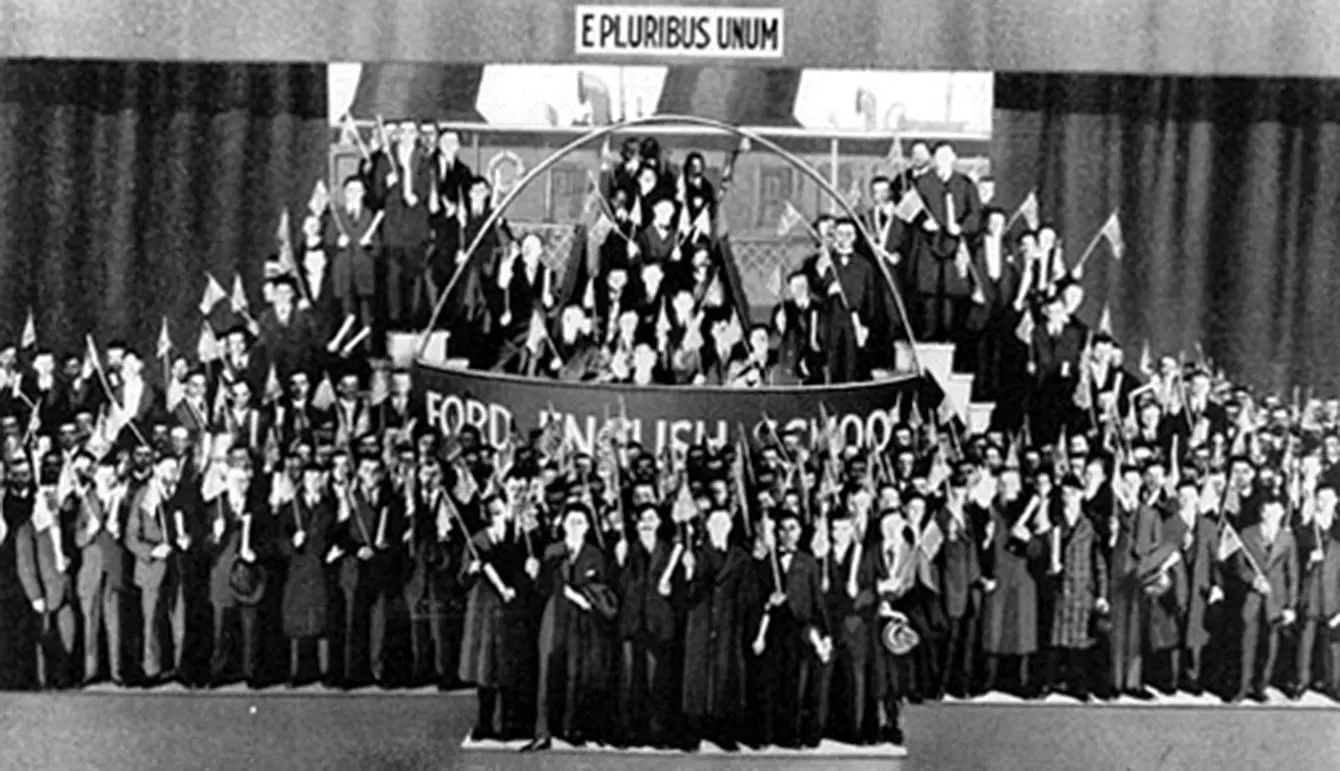
This photograph is of a graduation ceremony at the Ford English School, the centerpiece of the company’s Americanization program. Attendance at the twice‐weekly classes was mandatory for non‐English speakers. Graduates filed into the “melting pot” dressed in ragged costumes. Teachers used giant ladles to stir the pot. Then, dressed in “American” clothes, the newly Americanized workers emerged to the cheers of the audience.
Source: Courtesy of Collections of The Henry Ford.
Anti‐German sentiment ran especially high. Symphony orchestras refused to play works by German composers. Sauerkraut, frankfurters, and hamburgers all received new names. Liberty cabbage and Salisbury steak did not catch on. Hot dogs did. Many Germans anglicized their names. Ochs, for example, became Oakes; Weiss became White. Hostility was by no means limited to German Americans. Immigrants generally became “hyphens,” as in Italo‐American, for example. Self‐styled “real Americans” questioned their loyalty. Many immigrants from Hungary and Poland, who had no love for the Austro‐Hungarian or German Empires, nonetheless were classified as enemy aliens and found themselves barred from working in defense plants or flying a plane.
Racial, ethnic, and religious hatreds continued after the war. And, bad as the war was, the immediate postwar years were in some ways worse.
First came a pandemic, the so‐called Spanish flu. Quarantine measures failed to stop its spread. There was no cure. At least twenty million people died worldwide, twice as many as in the war. The same ratio held for the United States.
During the war, the federal government controlled wages (which even so did not keep pace with rising prices) and mediated labor‐management disputes. With war’s end, the administration abruptly terminated its mediation efforts. A wave of strikes ensued. Three were especially important – the Steel Strike, led by William Z. Foster who would run for president in 1920 as the candidate of the American Communist Party; the Seattle General Strike that closed down much of that city and turned Seattle’s mayor into a crusader against communism; and the Boston Police Strike, which set off a crime wave and turned Massachusetts governor Calvin Coolidge into a national hero for his stand that there was “no right to strike against the public safety by anybody, anywhere, anytime,” All three happened in 1919. All three strikes failed.
The years 1919–1920 also saw a wave of terrorist bombings, including a highly destructive blast that killed dozens on Wall Street in Manhattan. Authorities failed to locate the bomber. Historians tend to link the bombing to Italian anarchists and to the Sacco and Vanzetti case.
The strikes, bombings, and unrest generally lent credence to warnings from Attorney General A. Mitchell Palmer and others that tens of thousands of Bolsheviki intended to overthrow the American government. Palmer and a young J. Edgar Hoover then led the first Red Scare. In a series of raids, government agents arrested thousands of alleged “Reds.” Palmer wanted to deport them all. Cooler and wiser heads prevailed. Most of those picked up were guilty of nothing more than subscribing to a left‐wing publication. Some were only guilty of having a name ending in “ski” or “sky.” But several hundred were deported to the Soviet Union on a so‐called Soviet Ark. Included were the well‐known anarchists Alexander Berkman and Emma Goldman. Both were critics of the Communist regime and went into exile in France.
Race relations worsened. The most destructive of the dozens of riots during the “Red Summer” of 1919 was in Chicago. The beaches along Lake Michigan were unofficially segregated. One black youth floated into a part of the lake that whites considered their own. Outraged, those on the shore hurled rocks at the young man. One struck him on the head. He died. Outraged blacks attacked. The police only arrested blacks in breaking up the fighting. The incident touched off a wave of violence against blacks, often led by white gangs. Blacks retaliated. There were fires as well. It was East St. Louis all over again but on a larger scale.
Economic conditions worsened as well. The Wilson administration demobilized the military as quickly as possible; it also cut military spending. This meant that manufacturers had no transition period in which to switch back to civilian production. They had to close their plants and retool. This put many out of work just as millions of soldiers and sailors reentered the labor market. The result was a brief but very sharp recession.
The cumulative impact of all of these calamities cannot be overstated. Americans longed, in Warren G. Harding’s word, for normalcy, a return to a prewar America shrouded in nostalgia, an America that had never existed. For along with dismaying events existed long‐term developments that were transforming the economy and the culture.
One especially important long‐term shift was in how Americans thought about gender roles and sexuality. Consider pre‐ and postwar images of ideal feminine beauty.
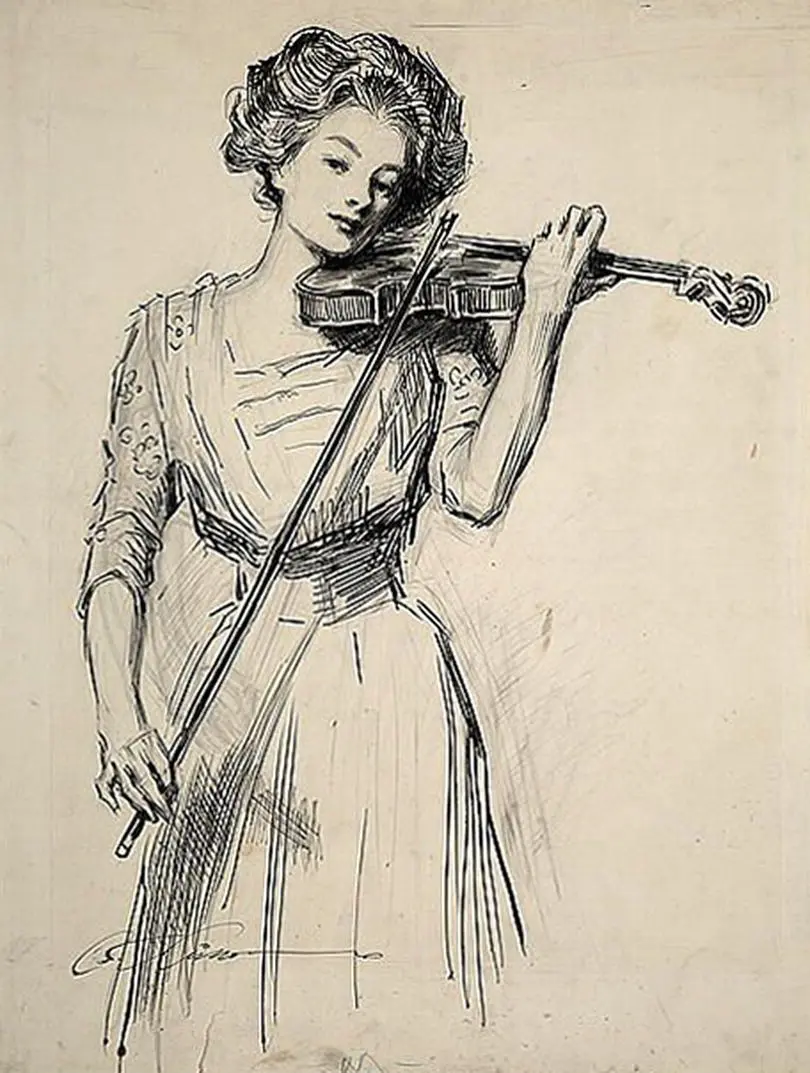
The Sweetest Story Ever Told , by Charles Dana Gibson ( Collier’s Weekly , August 13, 1910) – Gibson created the “Gibson Girl,” who epitomized the ideal female beauty of pre‐war America. He had a large number of imitators, each of whom strove to create a “Girl” of his own. Magazine covers of the pre‐war period often featured a “Gibson Girl” or a close imitation.
Source: Library of Congress, Prints & Photographs Division, Reproduction number LC‐DIG‐ppmsca‐01590 (digital file from original)LC‐USZC4‐10352 (color film copy transparency)LC‐USZ62‐8637 (b&w film copy neg.)
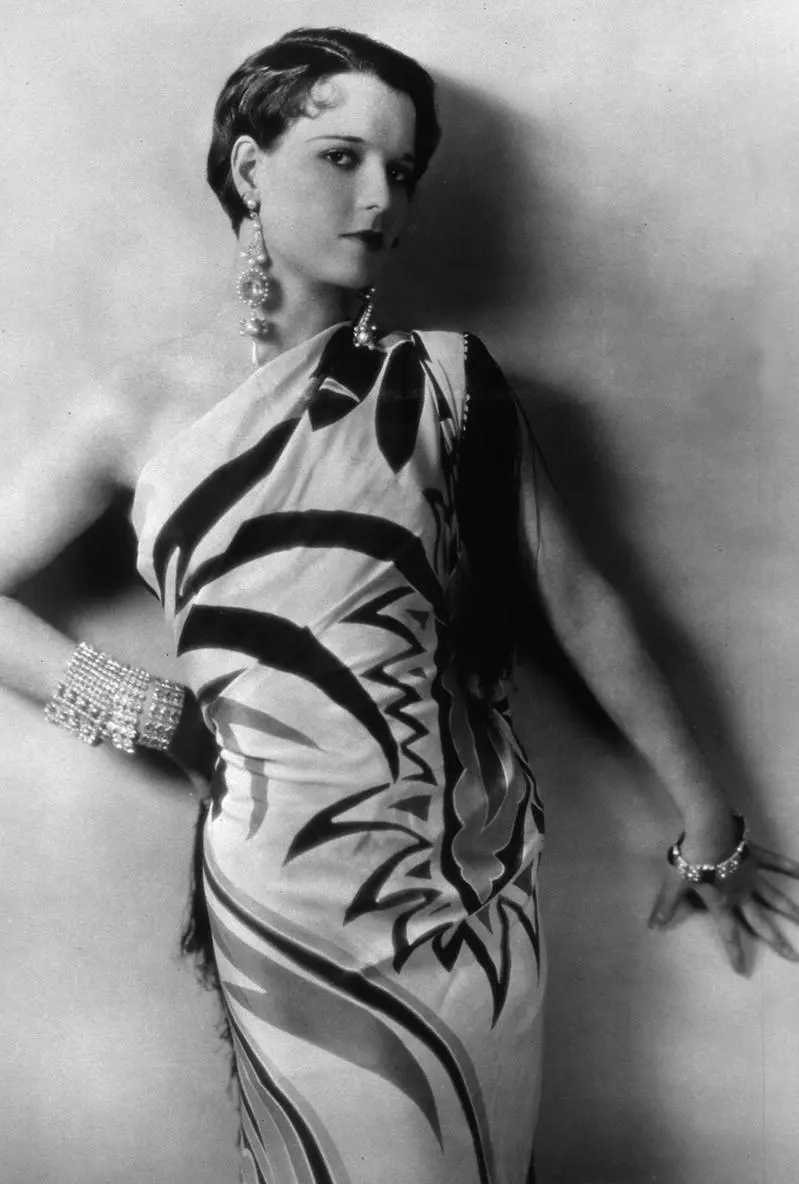
Portrait of Louise Brooks from the film Diary of a Lost Girl , the epitome of the “flapper.”
Source: PictureLux / Alamy Stock Photo. Brooks began as a professionally trained dancer, became a showgirl in the “Ziegfeld Follies,” had a featured role in a Broadway musical, starred in several silent films, and then went to Germany, where she made Pandora’s Box , a film so controversial it was not shown in the United States until the 1980s.
Pre‐war beauties, and women generally, had very long hair, often reaching to the small of the back, which they wore up. “Letting your hair down” was a prelude to intimacy. The flapper wore her hair short, a cut nicknamed the “bob.” The “Gibson Girl” had an hourglass figure, i.e., full bosom and hips and a “wasp waist.” Corsetry was the key. The flapper favored shifts, dresses that did not disclose curves. Women with full busts purchased breast restrainers to attain the ideal boyish figure. Dresses had come to the ankle. With the war and shortages of fabric, they rose to mid‐calf. The flapper wore dresses that came to the knee. She sometimes rolled her stockings below the knee, something likely to scandalize her mother, who considered that “fast,” i.e., indicating sexual availability. She did not wear a corset.
Another way to appreciate how rapidly cultural change arrived is to study popular music. It had been dominated by ballads largely based on European models, on the one hand, and comic ditties written for minstrel shows, on the other. This changed with Scott Joplin’s “Maple Leaf Rag” (1899), the iconic masterpiece that captivated the nation in the pre‐WWI era. Ragtime drew upon several musical traditions, including minstrel songs, marches, and the syncopated rhythms that African American musicians were experimenting with in the 1890s, especially in Chicago and St. Louis. Joplin’s song took its name from a “social club” (aka brothel) in Sedalia, Missouri, where he briefly worked as a piano player. Joplin claimed Chopin as a major influence. Like Chopin, he sought to create popular music that would nevertheless reach the level of high art. Virtually no one at the time took Joplin’s ambitions seriously, not with every composer trying to copy his tunes, not with every amateur piano player struggling to play them. Now Joplin’s work is seen as indeed in the same class as Chopin’s.
Читать дальше
